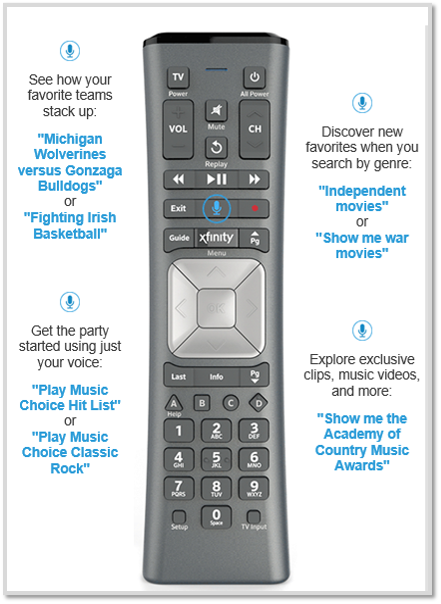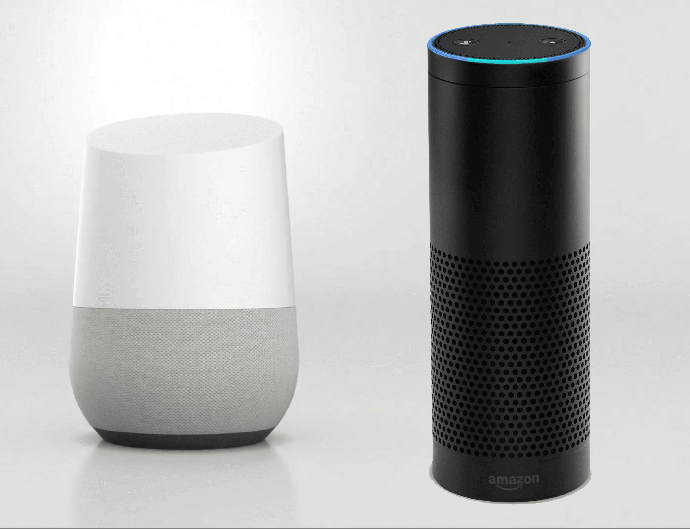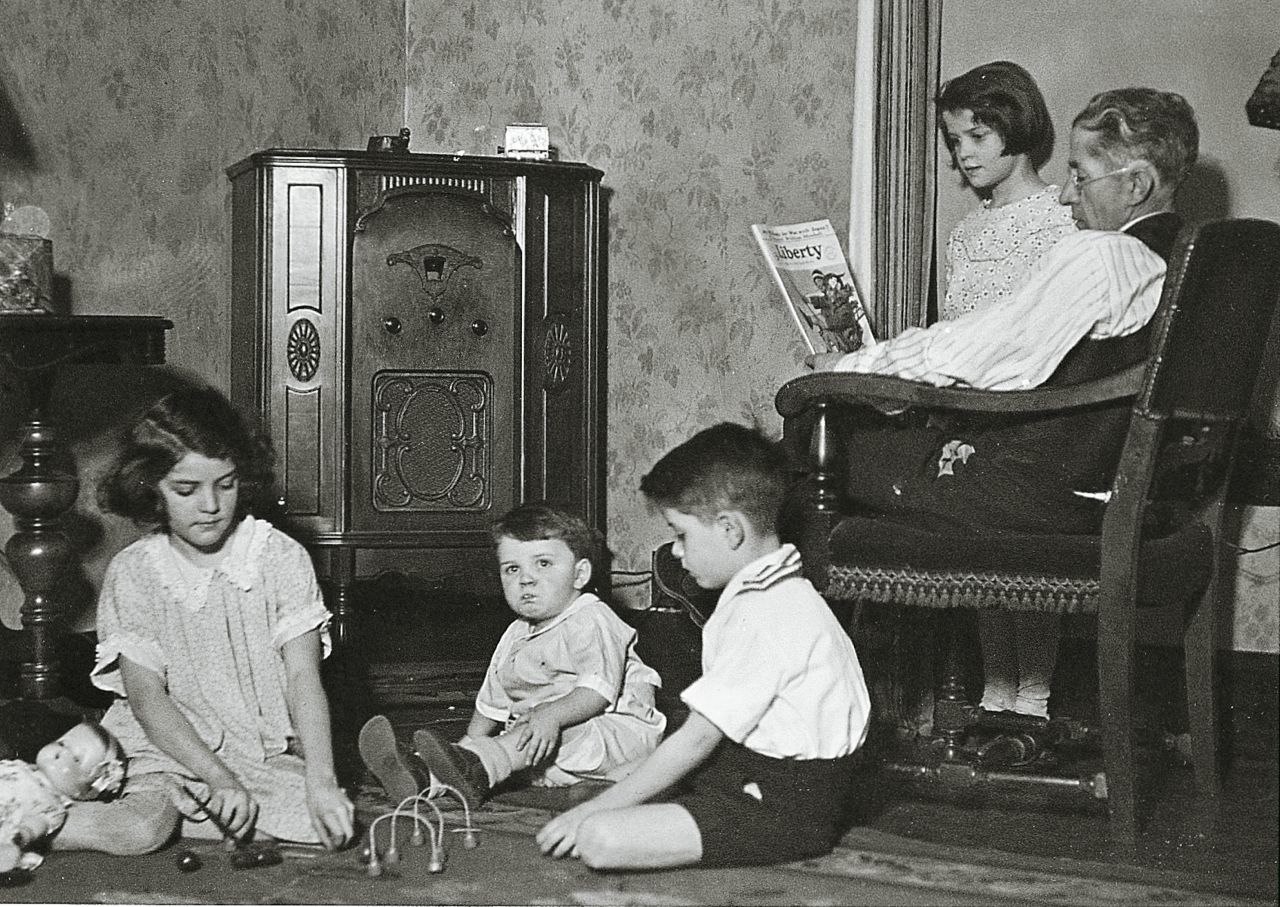 I subscribed to cable TV and ended up getting a voice command device. That’s what it amounts to as Comcast is surveying the consumer market and reaching the conclusion it needs to raise its profile in this rapidly growing content access area.
I subscribed to cable TV and ended up getting a voice command device. That’s what it amounts to as Comcast is surveying the consumer market and reaching the conclusion it needs to raise its profile in this rapidly growing content access area.
From accessing songs from Music Choice to getting “March Madness” info to watching video, TV shows, and movies, Comcast is trying to leverage their millions of X1 remotes sitting on coffee tables in media rooms, dens, kitchens, and bedrooms all over America.
And for good reason. Our newest Techsurvey – which we’ll roll out in May – shows that more than one in ten of our more than 51,000 respondents already owns a device like the Amazon Echo and Google Home. And as we saw at CES, more and more devices from robots to cars to security systems are now being enabled with voice commands.
Techsurvey13 will also show that consumers are using voice command features on all sorts of devices, including Siri, Alexa, and yes, television remotes. And in homes, workplaces, and cars, they will increasingly use their voices to summon up content as Artificial Intelligence technology improves and becomes simpler, more accurate, and very responsive. The days when we type in search terms into boxes on mobile phones, tablets, and computers will gradually fade, becoming secondary to a hands-free, voice-activated environment.
As the radio industry continues to grapple with both content and distribution priorities and challenges, voice command technology needs to be on everybody’s agenda. Already, broadcasters are dabbling with the Echo and the Home. And not surprisingly, our mobile apps development company – jācapps – is developing “skills” for these devices. The company’s “App Everywhere”℠ mantra now extends to voice command gadgets – or smart speakers, as they’re also called.
Designing useful “skills” for Alexa to learn isn’t exactly app development, but the principle is similar. If you remember the early days of Apple’s App Store, there were some useful, fascinating apps. And then there was iFart and the Zippo lighter – fun novelties to entertain your friends, but ultimately deletable. It’s the same situation now with “skills” for Alexa. Thousands of them are being developed for both the Amazon and Google platforms, but a much smaller number will ultimately prove to be useful – and used.

As is the case with mobile apps – and every other distribution device, from websites to podcasts to streams – the user experience has to be first and foremost in the process. Our company’s Seth Resler has been in the forefront of designing and conducting simple usability studies to “pressure test” new entries in radio’s digital tool kits to ensure they are navigable and satisfying to radio’s end users.
We learned firsthand with jācapps that there’s more to development than simply getting apps approved by Apple and Google. How they’re downloaded, used, and enjoyed goes to the heart of the challenge. Too many broadcasters haphazardly bought apps, checked off the box, and moved on. Today, many of those apps have been deleted or are sitting dormant on smartphones.
That’s why it’s important for radio to get into this game – wisely and strategically. Like everything else that matters, it starts with research, moves to strategy, and ultimately, implementation. We’ll have the research part ready to show you soon, but then, it’s up to the programmers, digital mavens, and corporate leaders to put smart plans into motion.
A lot is at stake – including the potential for a radio revival on the home front. While the workplace is awash with earbuds in cubicles and the car dashboard is becoming crowded with more entertainment options, radio in the home has a chance to make a revival as a result of simply summoning “Alexa” or “Hey, Google.”
The days when the family gathered around the radio in the living room may be dated and hackneyed. But in a world where it has become more difficult to buy a radio, much less find one at Best Buy or Target, these smart speakers are a way for radio to regain prominence in the home.
 As we’ve learned from the early days of the car and the nightstand alarm clock, radio thrives when it is built into other devices. The ability to listen to the radio (yes, even the streaming version) in one of these gadgets manufactured by two of the world’s most respected companies is about as cool as when we made the discovery that radio apps could become a viable part of the iPhone’s architecture.
As we’ve learned from the early days of the car and the nightstand alarm clock, radio thrives when it is built into other devices. The ability to listen to the radio (yes, even the streaming version) in one of these gadgets manufactured by two of the world’s most respected companies is about as cool as when we made the discovery that radio apps could become a viable part of the iPhone’s architecture.
At a time when many radio eyes are fixed on issues like debt, translators, Global Music Rights, and PPM, attention on affordable consumer electronic devices is also in radio’s best interest. And that’s another reason why we continue to urge the industry’s movers and shakers to invest time, effort, and dollars in attending events like CES where learning and innovation takes place.
It is important for the industry to assess the potential of voice command technology. And for a change, get out in front of a trend rather than wait on the sidelines to see what will happens.
Yes, Alexa would approve. Just ask her.
- What To Do If Your Radio Station Goes Through A Midlife Crisis - April 25, 2025
- A 2020 Lesson?It Could All Be Gone In A Flash - April 24, 2025
- How AI Can Give Radio Personalities More…PERSONALITY - April 23, 2025




You’re always presenting us with the info we *should* be talking about and thinking about before it hits mainstream consciousness. I’ve heard about CES for years but never really thought it was a place for a radio host. I see things differently now. Spot on, Fred!
Corey, that’s the goal. There is truly something at CES for everyone – you have to find it and then “connect the dots.” Appreciate the kind comments.